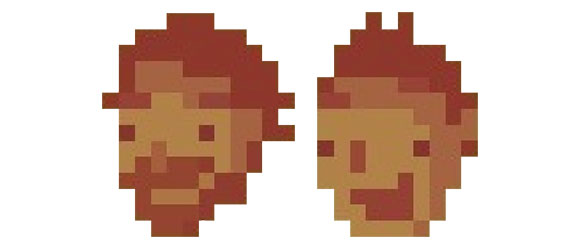 Your game started as a small game made for a game jam. How has been developing Crawl from that 4P RPG prototype? Dave Lloyd: Working on a game that was already fun after only a few days development is a big plus, especially for a first project. It was great to have the flexibility to be able to add as much content as we wanted, while having a game that was playable from day 1. The early game-jam game was basically an endless game where you’d take turns being the hero or the monsters. But there was no goal, and no winner. That was probably the biggest design challenge we had, and we had to try a lot of ideas before we settled on something that worked. The difficulty came from having the game feel like a single player RPG to the hero, and include all the same tropes, but still be balanced for the monsters. We found that whenever we put in game mechanics that you don’t encounter in a single player RPG, it just wouldn’t feel right. We tried ending the game with a time limit, after reaching a specific floor, after a set number of monsters had died… but the thing that ended up working seemed so obvious once we’d thought of it. Reach the boss, and kill it! It was the same story for a lot of the game’s mechanics – Gold, XP, leveling up, buying equipment… Whenever we tried a mechanic that was balanced for multiplayer, we then had to also make sure it fit in with classic RPG tropes. In a single player RPG the hero can be overpowered for a bit, and the AI monsters don’t get frustrated, it’s very different when you’re playing as a monster. Likewise, with single player combat, enemies will often have a «tell» that you can watch for and avoid. When you play as the enemies though, having any sort of «tell» feels unresponsive, so we have to be really careful. I guess it’s easy to put Evolve as another recognizable «asynchronous multiplayer» game. I find more interesting, though, how the indie scene is betting on local multiplayer. You’re studying online but for now Crawl features just local multiplayer. Why? How are you designing the game so being in the same room with the other players will affect the experience? Right from the start Crawl has always been about getting friends together to play, and for us it’ll always be about that even if we can add online multiplayer. Aside from the fact that it’s a difficult feature to implement, we really like the «idea» of couch multiplayer. Getting people together, and all that. It goes back to playing games as kids where we had no choice but to be in the same room. Some situations that get us giggling when they come up in local would be very different in an online context. Getting a friend to team up with you as against the hero, then sneaking in and taking their kill at the last second, becoming the hero and turning around and instantly killing them all in the space of a few seconds; that tends to make lots of silly shouting and swearing and laughing when you’re in the room together, but we’re not sure how much that will translate online. When we started Crawl we were really nervous that local-multiplayer really wouldn’t be viable on PC. There really wasn’t anyone we could see releasing that sort of game. Now Valve is eager to get into the living room, and we’ve had Towerfall, Samurai-Gunn, Nidhogg, Broforce – it’s been really exciting seeing that happen. I love how the trailers mix this dungeons and dragons settings with kinda glitch art audiovisual effects. Is there a story behind that? The initial idea was to have some arcade machine aesthetics as a nod to Gauntlet, and that grew into the idea to present Crawl as if it’s being played on some demented arcade machine powered by dark trans-dimensional magic, which is frying the circuit boards and glitching the sound and visuals. Barney loves animating the glitch effects, and they’re fun to program. We were also really lucky to find Alex Yoder who’s doing an awesome soundtrack that’s marrying gothic orchestras with glitched out arcade machine sounds. Speaking of visuals, your pixel art is really neat. How’s designing the visuals so 5 players can be doing stuff in the same screen at the same time and still be able to «read» what’s going on? What are the main challenges here? Only 4 players— Whoops. —but it has been a challenge! It’s been another interesting thing to work on design wise. For same-screen multiplayer you can’t just communicate to the player «this is you!» because everyone sees that. So we rely on colours and people remembering their 3 letter name. Keeping track of where you are on screen is definitely a skill you learn as you play more, but it’s mostly more hilarious than frustrating when the game gets frantic and people start shouting «WHO AM I?!». This «turbo charged dungeon crawling» concept seems really interesting. Will there be some kind of progression besides that or are you focusing on providing a strong multiplayer experience? Yes, we definitely want to try out progression over a series of games, still with a multiplayer focus though. Ideally every play session could be unique in terms of what the players have unlocked.
Your game started as a small game made for a game jam. How has been developing Crawl from that 4P RPG prototype? Dave Lloyd: Working on a game that was already fun after only a few days development is a big plus, especially for a first project. It was great to have the flexibility to be able to add as much content as we wanted, while having a game that was playable from day 1. The early game-jam game was basically an endless game where you’d take turns being the hero or the monsters. But there was no goal, and no winner. That was probably the biggest design challenge we had, and we had to try a lot of ideas before we settled on something that worked. The difficulty came from having the game feel like a single player RPG to the hero, and include all the same tropes, but still be balanced for the monsters. We found that whenever we put in game mechanics that you don’t encounter in a single player RPG, it just wouldn’t feel right. We tried ending the game with a time limit, after reaching a specific floor, after a set number of monsters had died… but the thing that ended up working seemed so obvious once we’d thought of it. Reach the boss, and kill it! It was the same story for a lot of the game’s mechanics – Gold, XP, leveling up, buying equipment… Whenever we tried a mechanic that was balanced for multiplayer, we then had to also make sure it fit in with classic RPG tropes. In a single player RPG the hero can be overpowered for a bit, and the AI monsters don’t get frustrated, it’s very different when you’re playing as a monster. Likewise, with single player combat, enemies will often have a «tell» that you can watch for and avoid. When you play as the enemies though, having any sort of «tell» feels unresponsive, so we have to be really careful. I guess it’s easy to put Evolve as another recognizable «asynchronous multiplayer» game. I find more interesting, though, how the indie scene is betting on local multiplayer. You’re studying online but for now Crawl features just local multiplayer. Why? How are you designing the game so being in the same room with the other players will affect the experience? Right from the start Crawl has always been about getting friends together to play, and for us it’ll always be about that even if we can add online multiplayer. Aside from the fact that it’s a difficult feature to implement, we really like the «idea» of couch multiplayer. Getting people together, and all that. It goes back to playing games as kids where we had no choice but to be in the same room. Some situations that get us giggling when they come up in local would be very different in an online context. Getting a friend to team up with you as against the hero, then sneaking in and taking their kill at the last second, becoming the hero and turning around and instantly killing them all in the space of a few seconds; that tends to make lots of silly shouting and swearing and laughing when you’re in the room together, but we’re not sure how much that will translate online. When we started Crawl we were really nervous that local-multiplayer really wouldn’t be viable on PC. There really wasn’t anyone we could see releasing that sort of game. Now Valve is eager to get into the living room, and we’ve had Towerfall, Samurai-Gunn, Nidhogg, Broforce – it’s been really exciting seeing that happen. I love how the trailers mix this dungeons and dragons settings with kinda glitch art audiovisual effects. Is there a story behind that? The initial idea was to have some arcade machine aesthetics as a nod to Gauntlet, and that grew into the idea to present Crawl as if it’s being played on some demented arcade machine powered by dark trans-dimensional magic, which is frying the circuit boards and glitching the sound and visuals. Barney loves animating the glitch effects, and they’re fun to program. We were also really lucky to find Alex Yoder who’s doing an awesome soundtrack that’s marrying gothic orchestras with glitched out arcade machine sounds. Speaking of visuals, your pixel art is really neat. How’s designing the visuals so 5 players can be doing stuff in the same screen at the same time and still be able to «read» what’s going on? What are the main challenges here? Only 4 players— Whoops. —but it has been a challenge! It’s been another interesting thing to work on design wise. For same-screen multiplayer you can’t just communicate to the player «this is you!» because everyone sees that. So we rely on colours and people remembering their 3 letter name. Keeping track of where you are on screen is definitely a skill you learn as you play more, but it’s mostly more hilarious than frustrating when the game gets frantic and people start shouting «WHO AM I?!». This «turbo charged dungeon crawling» concept seems really interesting. Will there be some kind of progression besides that or are you focusing on providing a strong multiplayer experience? Yes, we definitely want to try out progression over a series of games, still with a multiplayer focus though. Ideally every play session could be unique in terms of what the players have unlocked. 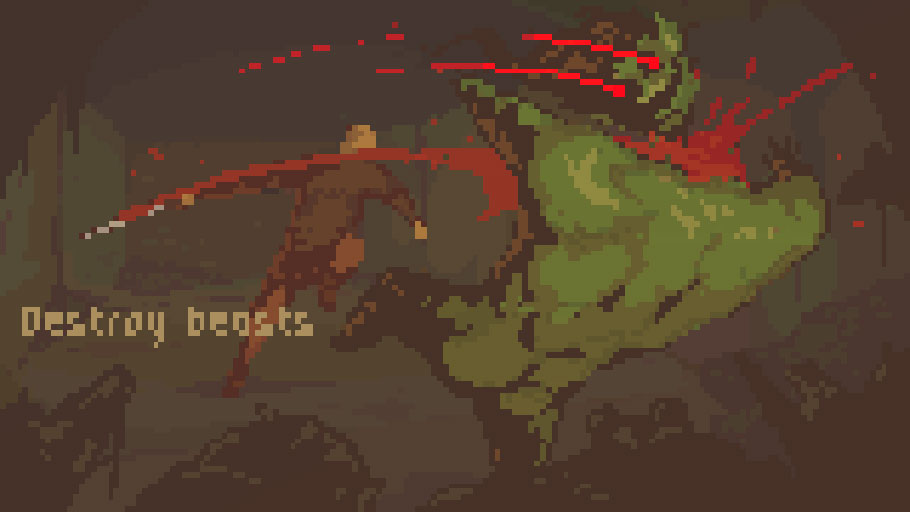 You worked on a few freemium games for EA before starting your own studio. A lot of people seems to be doing this transition, and I guess the reasons must be similar (if not, be sure to tell me!), so let’s try to reformulate the question: Do you think mainstream studios can be seen as a good place to start and learn a few things before starting your own team? Absolutely. There’s certain skills you only learn at a studio just as there are certain skills you only learn developing solo. Even when you don’t approve of some freemium practices, there’s a lot to learn about the psychology and mechanics of game design looking at those games. Whether your end goal is to get the player to spend more money, or just to have more fun, your core aim is still to try and make the game more compelling.
You worked on a few freemium games for EA before starting your own studio. A lot of people seems to be doing this transition, and I guess the reasons must be similar (if not, be sure to tell me!), so let’s try to reformulate the question: Do you think mainstream studios can be seen as a good place to start and learn a few things before starting your own team? Absolutely. There’s certain skills you only learn at a studio just as there are certain skills you only learn developing solo. Even when you don’t approve of some freemium practices, there’s a lot to learn about the psychology and mechanics of game design looking at those games. Whether your end goal is to get the player to spend more money, or just to have more fun, your core aim is still to try and make the game more compelling. 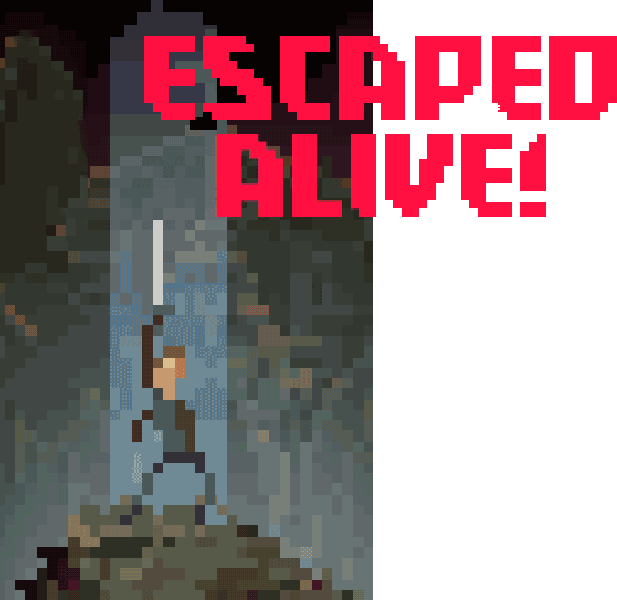
I laughed when I read that you «quit all that freemium silliness and started Powerhoof». Where will freemium lead us? Can monetization be done without hurting game design? What’s your stance? I think monetization can definitely be done without hurting game design, just make a game so awesome that everyone wants to spend $1000 on it! Unfortunately the reality is that if you’re trying to lead a studio of people with families depending on their salary, and suddenly premium titles aren’t selling – well, it’s basically irresponsible to do anything but push for a lower risk model. That sort of pressure is always going to compromise design, whether it’s freemium or not. I don’t like playing most freemium games personally, and so they’re never going to be as fun for me to work on. But for now, despite the “race to the bottom” and freemium, there’s still plenty of awesome creative games coming out all the time. So I’m not too concerned about the future.
Do you think games like Crawl can be treated as equals by big publishers or is the indie niche enough, and we shouldn’t try to compete with the mainstream? I don’t think there’s any need to try and compete. For indies, the more people playing indie games the better, and so indie developers are always really supportive of each other. A small indie team can afford to aim for a niche audience (like people who want to play a low-res local-multiplayer dungeon crawler), whereas big publishers need to fight over the same core demographic to get enough sales. As long as we’re offering an experience people can’t already get in AAA and we’re not charging too much, then we’re not in competition and people will happily buy our game as well as any big blockbusters, which is win win really!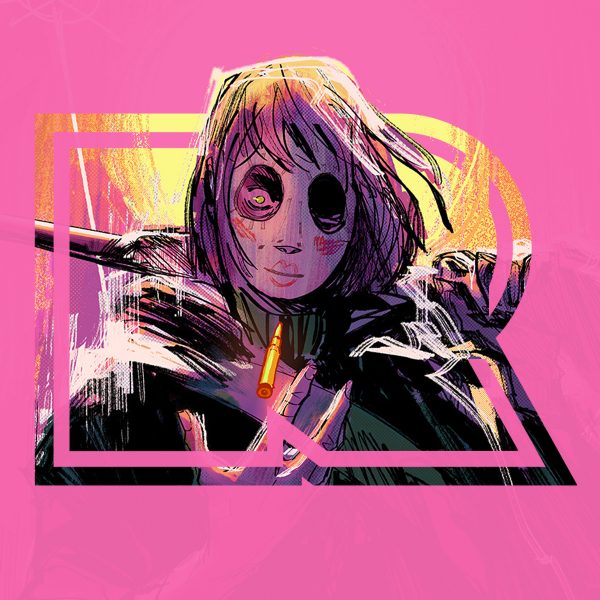

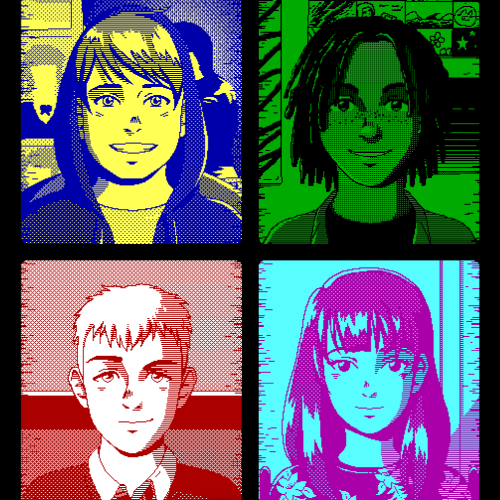
Solo los usuarios registrados pueden comentar - Inicia sesión con tu perfil.